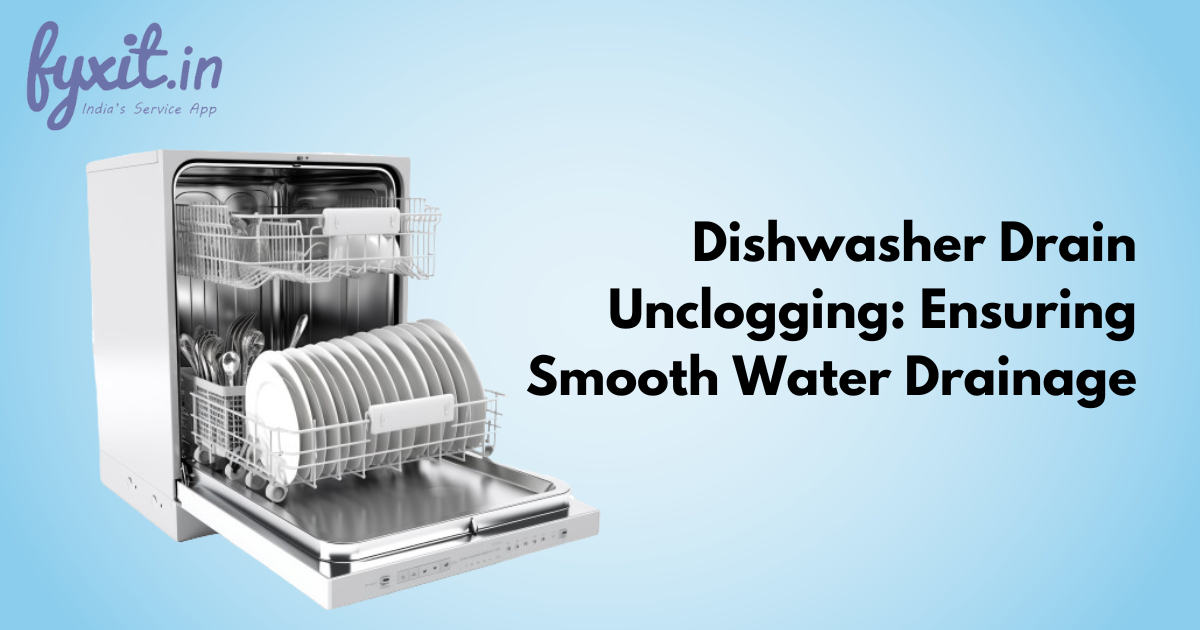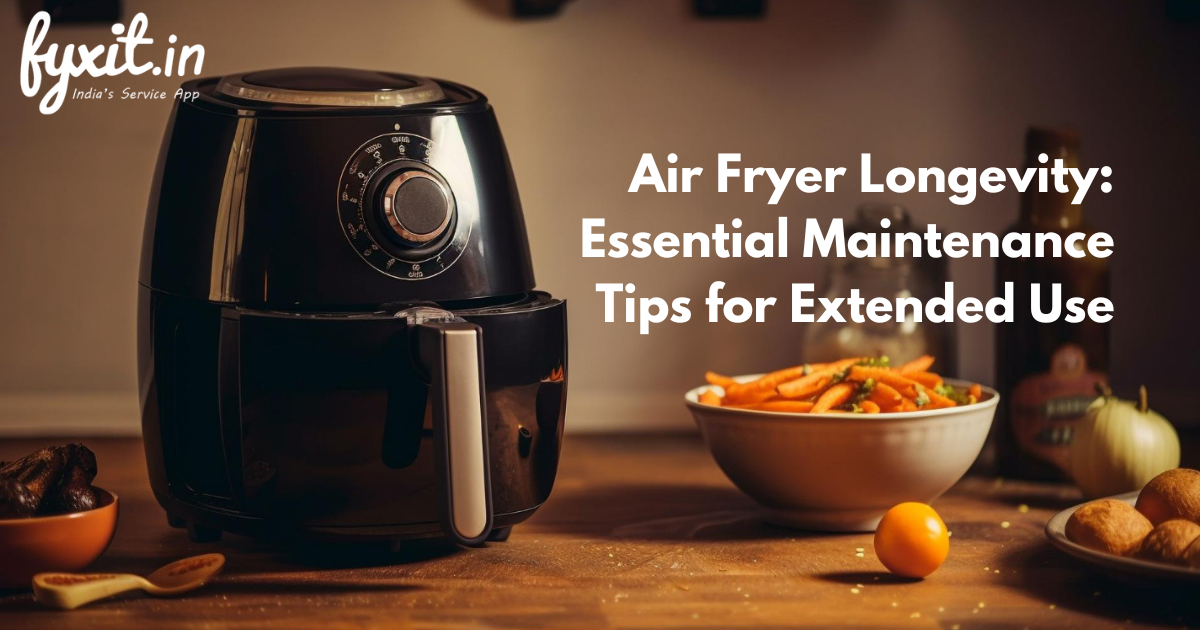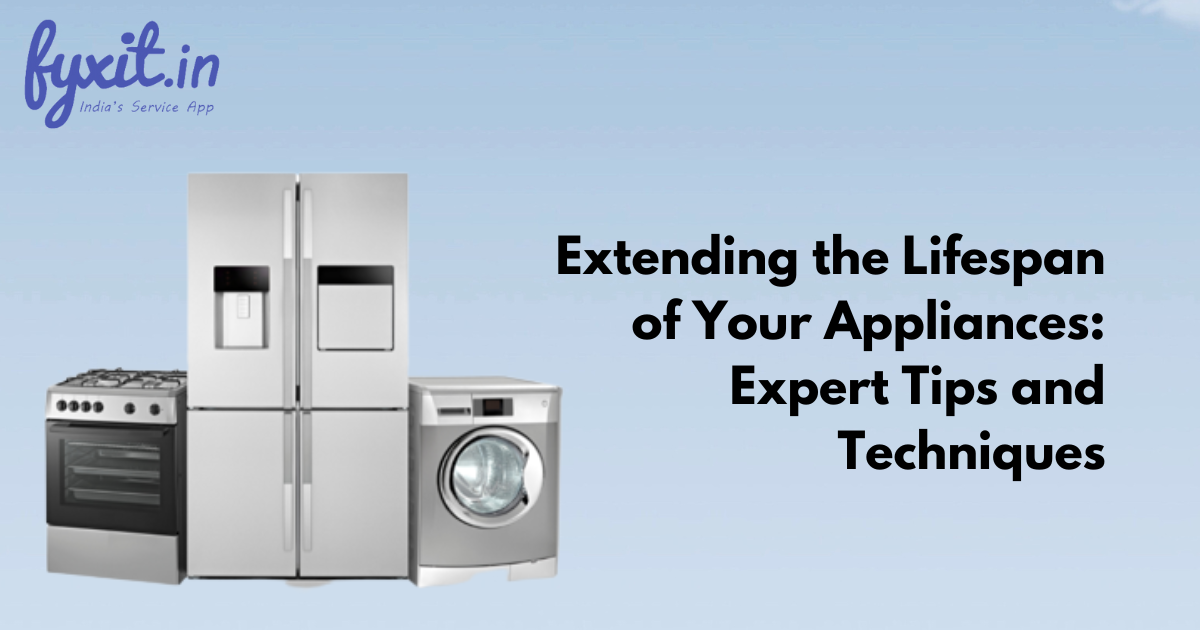Freezers are indispensable appliances in our homes, ensuring we have access to frozen foods year-round. Whether you’re storing meats, vegetables, or your favorite ice cream, freezers play a critical role in preserving the quality and safety of your food. However, like any household appliance, freezer can encounter issues that might compromise their performance and the integrity of your frozen goods. Let’s explore common problems that can affect freezers and provide troubleshooting tips to help you solve these issues, ensuring that your frozen foods remain in top condition.
Highlights
- Regular Maintenance is Key: Periodic maintenance, such as cleaning coils, checking seals, and defrosting when needed, can prevent many common freezer issues. A well-maintained freezer runs more efficiently and has a longer lifespan.
- Temperature Matters: Proper temperature management is crucial. Keep the freezer at or below 0°F (-18°C) for optimal food preservation. Use a thermometer to monitor the temperature regularly.
- Frost Buildup and Defrosting: Frost buildup can lead to temperature fluctuations and decreased efficiency. Defrost your freezer when the frost layer exceeds a quarter-inch. Empty the freezers, unplug it, and let it thaw, or use a specific defrosting function if available.
- Organized Storage: Properly organizing and labeling frozen items can help you locate and use them more efficiently. It also reduces the chances of items becoming lost or forgotten.
- Maintaining Door Seals: Check the integrity of the door seals regularly. A loose or damaged seal can allow warm air to enter the freezers, causing temperature issues. Clean seals and replace them if they are damaged.
- Food Safety: Maintaining the proper freezer temperature is critical for food safety. A functioning freezers prevents the growth of harmful bacteria and maintains the quality of frozen foods.
- Seek Professional Help When Needed: While many issues can be addressed with DIY troubleshooting, some problems may require professional appliance repair. Don’t hesitate to call a technician if you’re unsure how to fix a particular problem.
- Avoid Overloading: Overloading the freezers can obstruct airflow and cause uneven cooling. Maintain a reasonable amount of space for air circulation.
- Preventing Food Waste: Proper freezers care can save you money by preventing food waste. Frozen foods remain safe and nutritious when the freezer is well-maintained.
- Peace of Mind: Regular freezers maintenance and troubleshooting ensure peace of mind, as you know your frozen goods are safe, and you’re getting the best performance from your appliance.
Table of Contents
Common Freezer Problems
- Temperature Fluctuations: If your freezer isn’t maintaining a consistent temperature, it can lead to thawing and refreezing of your foods, causing freezer burn and taste issues.
- Frost Buildup: Excessive frost buildup on the freezer’s interior can restrict airflow and cause temperature irregularities.
- Strange Noises: Unusual noises like rattling, buzzing, or clicking can indicate problems with the freezer’s motor or compressor.
- Leakage: Finding puddles of water around or inside the freezer suggests a problem, possibly related to the defrost drain or ice maker.
- Door Seal Issues: A damaged or improperly sealed door can let warm air in, causing temperature fluctuations and frost buildup.
Troubleshooting Common Freezer Issues
Temperature Fluctuations:
- Check the Thermostat: Ensure the thermostat is set to the recommended temperature (usually around 0°F or -18°C). Adjust if necessary.
- Monitor the Door: Make sure the door is closing properly. The gasket or seal may need cleaning or replacement if it’s damaged.
- Avoid Overloading: Overloading the freezer can obstruct airflow and lead to inconsistent temperatures. Arrange items to allow for proper air circulation.
- Inspect the Condenser Coils: Clean the condenser coils at the back or beneath the freezer regularly to maintain optimal performance.
Frost Buildup:
- Defrost the Freezer: When frost buildup is excessive, defrost the freezer by turning it off, removing the contents, and allowing the ice to melt. Clean and dry the interior thoroughly before restarting.
- Check the Door Seal: Ensure the door seal is free of debris and seals properly. Replace the gasket if damaged.
Strange Noises:
- Motor/Compressor Noise: Unusual motor or compressor noises may require professional attention. Contact a technician to diagnose and address the issue.
- Rattling Sounds: Check for loose items inside the freezer, as they can create rattling noises.
Leakage:
- Defrost Drain: If you notice water pooling in the freezer or beneath it, the defrost drain may be clogged. Carefully remove the ice and clean the drain.
Door Seal Issues:
- Clean the Gasket: Use a mild soapy solution to clean the gasket and remove any debris. This will help ensure a proper seal.
- Check for Damage: Inspect the door seal for any cracks or tears. If damaged, replace the gasket to maintain an airtight seal.
Preventing Freezer Problems
- Regular Maintenance: Clean your freezer interior and exterior regularly, including defrosting when needed.
- Proper Storage: Organize your frozen items efficiently to allow for proper air circulation, preventing temperature fluctuations.
- Avoid Overloading: Don’t overload the freezer, as this can strain the appliance and lead to temperature inconsistencies.
- Monitor Temperature: Invest in a freezer thermometer to monitor the internal temperature and make adjustments as necessary.
- Repair and Replacement: If you encounter persistent issues or problems beyond your expertise, don’t hesitate to contact a professional technician to diagnose and repair the freezer.
By understanding common freezer issues and following these troubleshooting tips and preventive measures, you can keep your freezers running smoothly. Maintaining a well-functioning freezer ensures that your frozen foods stay safe, fresh, and delicious for extended periods, saving you money and reducing food waste.



